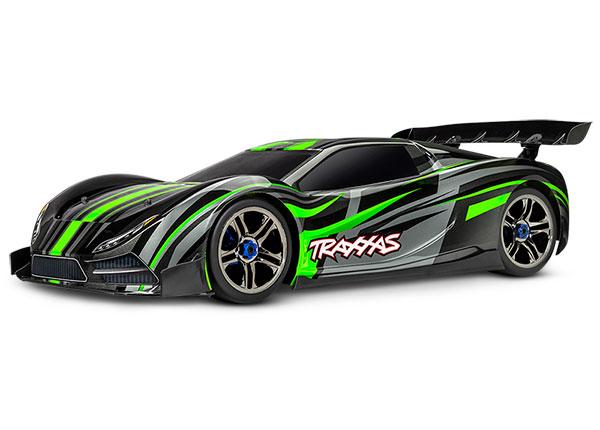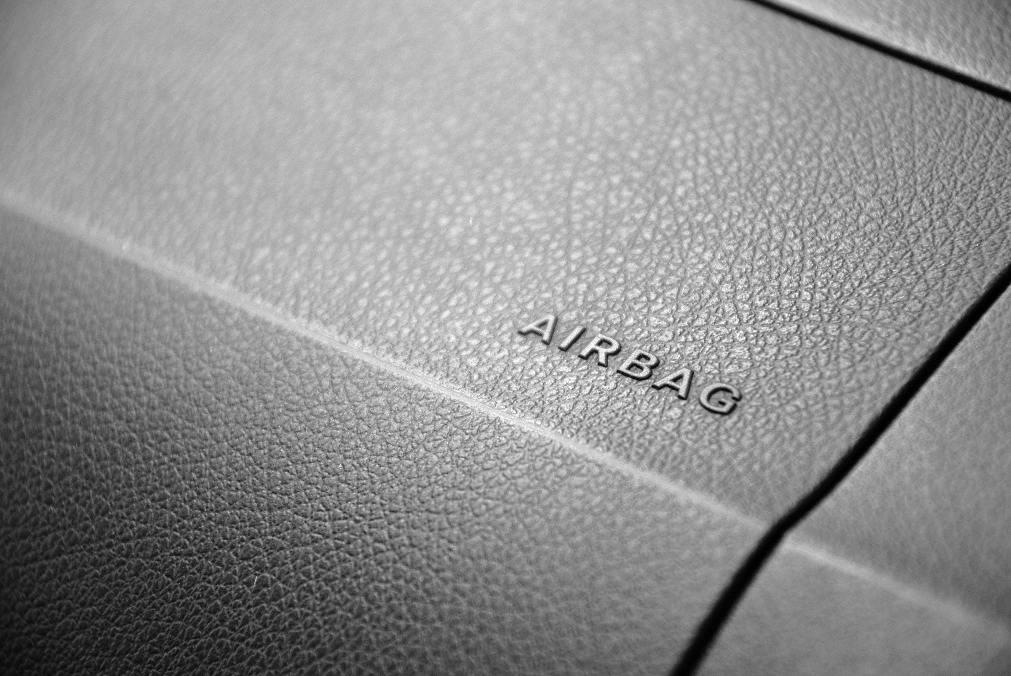LPR is the process of capturing and digitalizing photographic images of license plates. The technology goes by many names, including ALPR and ANPR. ANPR systems capture data such as vehicle license plate numbers, date and time, GPS coordinates and photographs of vehicles and their immediate surroundings. The data is stored indefinitely.
Table of Contents
What is LPR?
LPR involves turning license plate photographs, videos, or pictures into digital data. This optical information is then analyzed and converted using various algorithms to provide an alphanumeric conversion of the captured image into text. LPR uses a combination of OCR and pattern recognition technologies to decipher the characters on a license plate. This process is regulated by a set of algorithms that ensure the quality and accuracy of the output. The first step is character segmentation, which separates the individual letters and numbers of the license plate into smaller units for further processing. It is followed by filtering operations that reduce glare and shadows to improve contrast. It allows the system to read more clearly and with higher accuracy.
Other processes, such as character localizing and matching against a hotlist, increase the confidence level of the output string generated by the LPR algorithm. The last step is to create a unique vehicle identifier based on the license plate’s number and letters. Using LPR technology like Gtechna, businesses can automate vehicle-related tasks and improve efficiency and service levels without increasing staff. It includes parking management, where the system can detect vehicles parked in prohibited areas or exceeding their allotted time limit. It can also be used to collect tolls automatically and manage traffic flow. The system can identify stolen vehicles or vehicles linked to criminal activity in law enforcement.
What is ANPR?
ANPR is a technology used to capture images of vehicle number plates with cameras. These cameras are linked to a computer server which can process the images and recognize the number plate text. The system can then send this information to a control system, which can either allow or deny access to the vehicle based on this data. Optical Character Recognition (OCR) and template matching are techniques used in ANPR to identify license plate text. The OCR software converts the license plate into text format and uses a template to find matching characters in other images. The ANPR system can then compare this text to other ANPR images to verify that it is indeed a vehicle number plate. Many ANPR systems use a high-definition camera that can capture license plates in both color and black and white. Infrared lighting is often used to enable the camera to operate at night. The camera must be carefully positioned to ensure the license plate image is clear, and the text can be read. ANPR is an important technology in areas such as traffic management, parking control and toll collection. Removing the need for individuals to drive can lessen traffic and pollution. It can also track vehicles implicated in parking offenses or other law enforcement operations.
What is the difference between LPR and ANPR?
ANPR and LPR are terms that can be used interchangeably, but there are some subtle differences between the two. Knowing how license plate recognition technology works helps us understand these distinctions. Essentially, the technology uses cameras to capture images of vehicle license plates and then runs that information through software that deciphers the text on the plate. The data can then be analyzed and processed to produce valuable insights, such as identifying stolen vehicles or notifying law enforcement of potential violations. In some cases, the camera may need to be positioned at an undesirable angle to obtain a usable license plate image. The system can produce an idea simpler for the OCR software to interpret using specialized modifications and angular corrections.
In addition, the software can analyze the text on a plate to determine whether it matches databases of known persons of interest or suspicious activity. It can be useful when tracking down a disgruntled former employee or other person of concern who may threaten your organization. If a person of interest’s plate is successfully recognized, it can trigger alerts in real-time to notify security teams and law enforcement. It can prevent dangerous individuals from entering a secure area or accessing sensitive information.
What are the benefits of LPR?
LPR is a valuable tool that has several benefits. For one, it can help to reduce crime and improve security. It can also be used to monitor traffic and manage parking. It can even be used to identify vehicles that are parked in violation of local ordinances or restrictions. Another benefit of LPR is that it can capture high-quality images. The cameras can slow down the shutter speed, allowing them to capture clear and sharp photos of license plates. Additionally, the cameras can capture license plates in various lighting and weather conditions. It makes them a useful tool for law enforcement, as they can use it in all situations.
In addition, advanced LPR systems can be used to analyze the characteristics of a license plate. It is done by using an algorithm that analyzes the data in the plate and looks for patterns or unique features. It can help to identify potential matches faster and more accurately. In addition, the algorithms can be optimized to work better under various conditions, including lighting and glare.
Other benefits of LPR include the ability to automate and streamline processes. It can save time and money for businesses and organizations. It can also help to make processes more efficient and improve customer service.
Also Read – Adelfa Marr Biography – Interesting Facts of Manny Montana’s Wife




